How to fix blurred picture on National Geographic Telescope?
- Bbradley81Jul 29, 2025
If you're getting a blurred picture with your National Geographic Telescope, try adjusting the focus using the focus wheel.
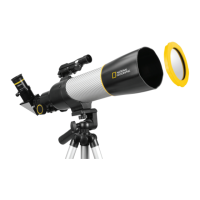
How to fix blurred picture on National Geographic Telescope?
If you're getting a blurred picture with your National Geographic Telescope, try adjusting the focus using the focus wheel.
| Brand | National Geographic |
|---|---|
| Model | SRT70MM |
| Category | Telescope |
| Language | English |
Never attempt to observe the sun with this device. Eye damage is often painless and irreversible.
Never look directly at the sun or in its proximity. Doing so may result in permanent loss of vision.
Do not place device, particularly the lenses, in direct sunlight. Concentration of light rays could cause a fire.
Children should only use device under adult supervision. Keep packaging materials out of reach of children.
Contains button or coin cell battery. Swallowed battery can cause internal chemical burns and lead to death.
Dispose of electrical or electronic waste separately. Follow local recycling programs for proper disposal.
The primary optical tube assembly (OTA) of the telescope.
A device used for initial target acquisition.
Optical accessories that determine magnification levels.
A crucial safety accessory for observing the sun.
Steps to set up the tripod and attach the telescope tube.
Guidance on placing the eyepiece into the diagonal for viewing.
Procedure for replacing the CR-1620 battery in the viewfinder.
Steps to align the red dot with the main telescope view for accurate targeting.
Guidance on using eyepieces to achieve different magnifications.
How to clean lenses and eyepieces using appropriate materials.
Addresses issues like 'No picture', 'Blurred picture', 'No focus', and 'Bad quality'.
Steps to connect and align a smartphone with the eyepiece.
Warning against leaving the device unsupported or unattended on the adapter pad.
Instructions for checking and installing the solar filter.
Guide to safely locating and centering the sun using the telescope.
Procedure for safely removing the solar filter after use.
A method for navigating the night sky using constellations as guides.
Details on observing the Moon and the Orion Nebula (M42).
Information on observing the Pleiades Star Cluster, also known as 'Seven Sisters'.
Details on observing the Andromeda Galaxy, the closest major galaxy to the Milky Way.
Information on observing the Dumbbell Nebula, the first planetary nebula discovered.
Explanation of how a reflector telescope gathers and focuses light using mirrors.
Explanation of how a refractor telescope gathers light using lenses.
Description of telescopes using a combination of mirrors and lenses.
The diameter of the telescope's light-gathering surface, determining brightness and sharpness.
The main light-gathering component of a refractor telescope.
An accessory that deflects light 90 degrees for comfortable viewing.
An optical accessory that determines the magnification of the setup.
The principle light-gathering surface of a reflector telescope.
A mirror that reflects light from the primary mirror to the eyepiece.
How to calculate magnification by dividing telescope focal length by eyepiece focal length.
The ratio of telescope focal length to aperture, affecting field of view and imaging time.
Explanation of telescope and eyepiece focal lengths and their use in magnification.
The diameter of the beam of light exiting the eyepiece, calculated using focal ratio.
The distance from the eyepiece lens to the eye for full field of view, important for eyeglass wearers.
Eyepieces using two plano-convex lenses, offering a narrow field of view.
Eyepieces with three lens elements, minimizing chromatic aberrations for a 45° field of view.
Eyepieces with four lens elements, delivering sharp views and a 50° field of view.
A lens that increases telescope focal length and multiplies eyepiece magnification.
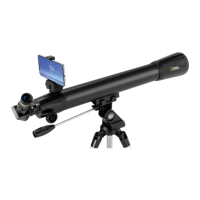
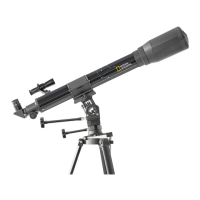
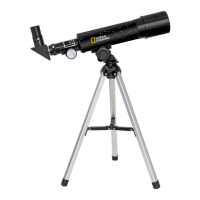

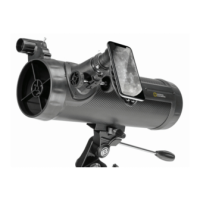
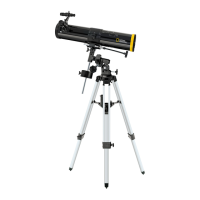
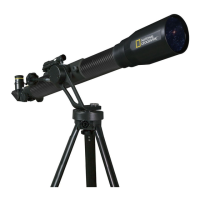
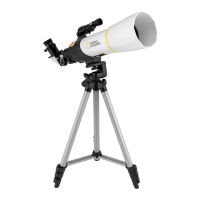
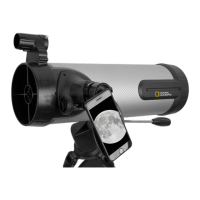
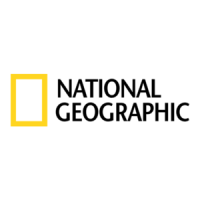
